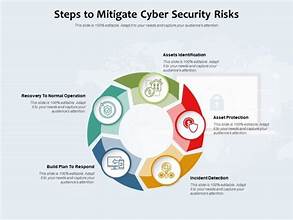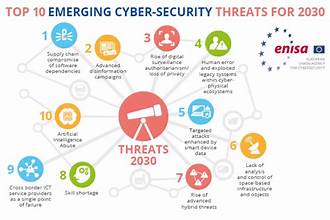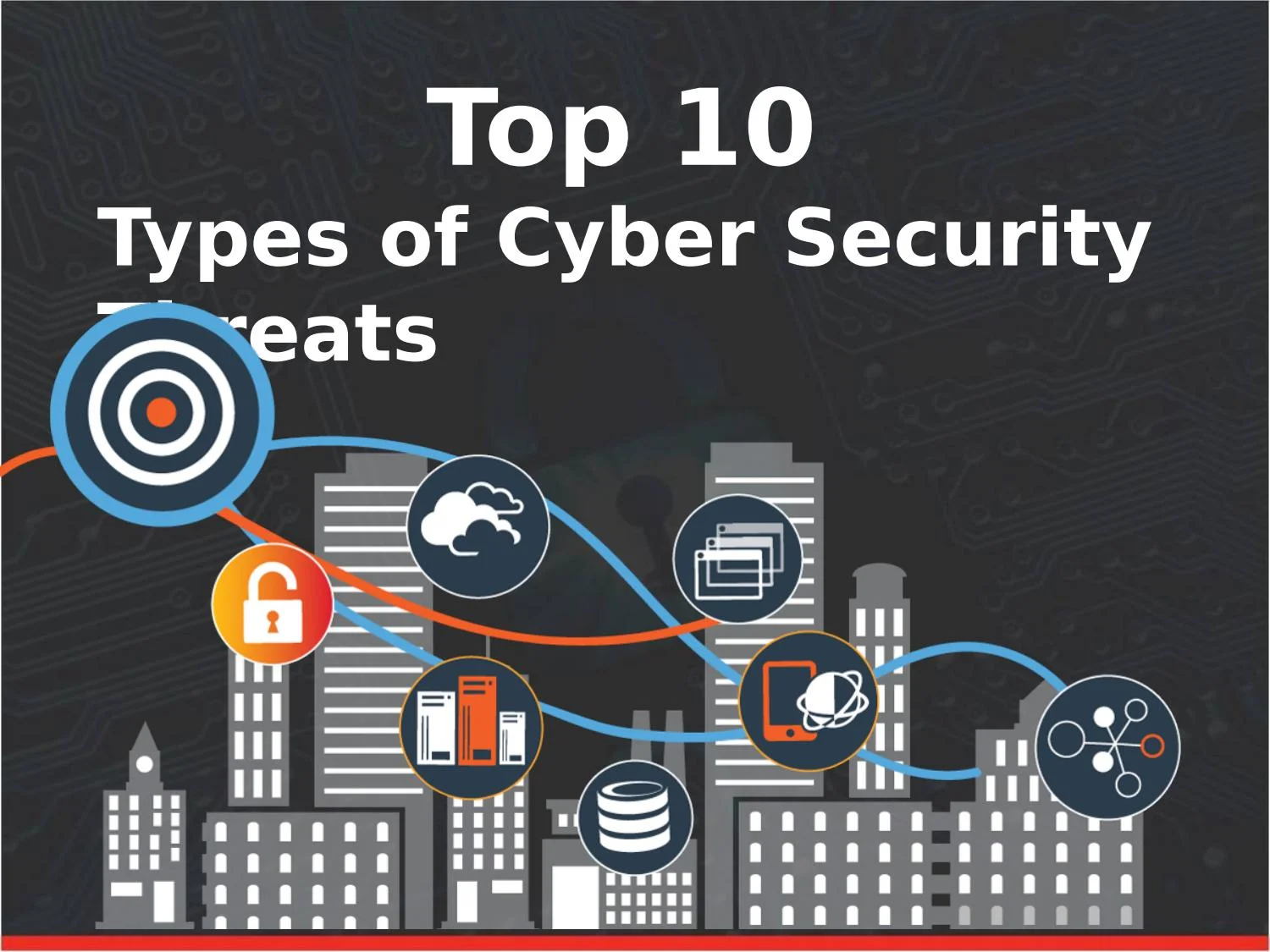In 2024, the cybersecurity landscape is evolving rapidly as new and emerging threats reshape the strategies organizations adopt to protect their digital assets. As technology advances, so do the tactics of cybercriminals, making it imperative for businesses and individuals to stay ahead of the curve. This article explores the latest trends in cybersecurity and how emerging threats are influencing security strategies.
1. Rise of AI-Powered Attacks
Artificial Intelligence (AI) is transforming not only how businesses operate but also how cybercriminals attack. AI-powered attacks are becoming more sophisticated, using machine learning algorithms to analyze vast amounts of data, identify vulnerabilities, and execute attacks with precision.
Strategy Shift: To counter AI-powered threats, organizations are investing in AI-driven cybersecurity solutions. These tools can detect anomalies, predict potential breaches, and respond to threats in real time. Implementing advanced threat detection systems and continually updating security protocols are critical for staying ahead of AI-driven attacks.
2. Increased Threat from Ransomware
Ransomware attacks continue to escalate, with attackers targeting high-profile organizations and critical infrastructure. The rise in ransomware-as-a-service (RaaS) has made it easier for less technically skilled individuals to launch these attacks, broadening the scope of potential victims.
Strategy Shift: Businesses are focusing on enhancing their incident response plans and conducting regular backups. Multi-layered security approaches, including endpoint protection, network segmentation, and employee training, are essential in mitigating the impact of ransomware attacks. Additionally, organizations are investing in cyber insurance to manage the financial risks associated with such attacks.
3. Expansion of IoT Vulnerabilities
The proliferation of Internet of Things (IoT) devices has introduced new vulnerabilities into networks. Many IoT devices have weak security features, making them attractive targets for cybercriminals looking to exploit these weaknesses to gain unauthorized access to networks.
Strategy Shift: To address IoT-related risks, companies are implementing stricter access controls and network segmentation. Regularly updating firmware and deploying intrusion detection systems (IDS) specifically designed for IoT environments are becoming standard practices. Additionally, organizations are developing policies for the secure use and management of IoT devices.
4. Emergence of Quantum Computing Threats
Quantum computing holds the potential to revolutionize various fields, but it also poses significant threats to traditional encryption methods. Quantum computers could potentially break existing encryption algorithms, making sensitive data vulnerable.
Strategy Shift: In response to quantum computing threats, cybersecurity experts are exploring quantum-resistant encryption algorithms. Organizations are beginning to prepare for a future where quantum computing could impact data security by investing in research and development of quantum-safe cryptographic solutions.
5. Sophistication of Social Engineering Attacks
Social engineering attacks are becoming increasingly sophisticated, with attackers using advanced tactics to manipulate individuals into divulging sensitive information or performing actions that compromise security. Phishing attacks, spear-phishing, and business email compromise (BEC) are examples of these tactics.
Strategy Shift: Enhancing employee awareness and training is crucial in defending against social engineering attacks. Organizations are implementing comprehensive training programs that simulate social engineering scenarios, helping employees recognize and respond to these threats. Additionally, deploying email filtering solutions and multi-factor authentication (MFA) can help reduce the risk of successful social engineering attacks.
6. Focus on Zero Trust Architecture
Zero Trust Architecture (ZTA) is gaining traction as a comprehensive approach to cybersecurity. The Zero Trust model operates on the principle of “never trust, always verify,” meaning that no user or device is trusted by default, regardless of its location.
Strategy Shift: Adopting Zero Trust involves implementing strict access controls, continuous monitoring, and verification of all users and devices. Organizations are investing in technologies such as identity and access management (IAM), network segmentation, and behavioral analytics to support a Zero Trust approach. This shift helps in minimizing the impact of breaches and improving overall security posture.
7. Growth of Supply Chain Attacks
Supply chain attacks are on the rise, with attackers targeting vulnerabilities in third-party vendors to gain access to larger networks. The SolarWinds breach in 2020 highlighted the significant risks associated with supply chain security.
Strategy Shift: Companies are strengthening their supply chain security by conducting thorough risk assessments and ensuring that third-party vendors adhere to strict security standards. Implementing vendor management programs and continuously monitoring the security posture of suppliers are essential practices for mitigating supply chain risks.
8. Regulatory and Compliance Pressures
Regulatory requirements and compliance standards are becoming more stringent as governments and regulatory bodies seek to protect sensitive data and ensure robust cybersecurity measures. Non-compliance can lead to significant legal and financial consequences.
Strategy Shift: Organizations are investing in compliance management systems to keep up with evolving regulations such as GDPR, CCPA, and others. Regular audits, documentation of security practices, and implementation of compliance frameworks are critical to meeting regulatory requirements and avoiding penalties.
Conclusion
The cybersecurity landscape in 2024 is shaped by a range of emerging threats, from AI-powered attacks to vulnerabilities in IoT devices and the potential impact of quantum computing. As cyber threats become more sophisticated, organizations must adopt advanced security strategies to protect their digital assets. Embracing AI-driven solutions, focusing on Zero Trust Architecture, and enhancing employee training are just a few of the ways businesses are adapting to the evolving threat landscape. By staying informed and proactive, organizations can better safeguard their systems and data against the ever-changing cybersecurity threats of today and tomorrow.


